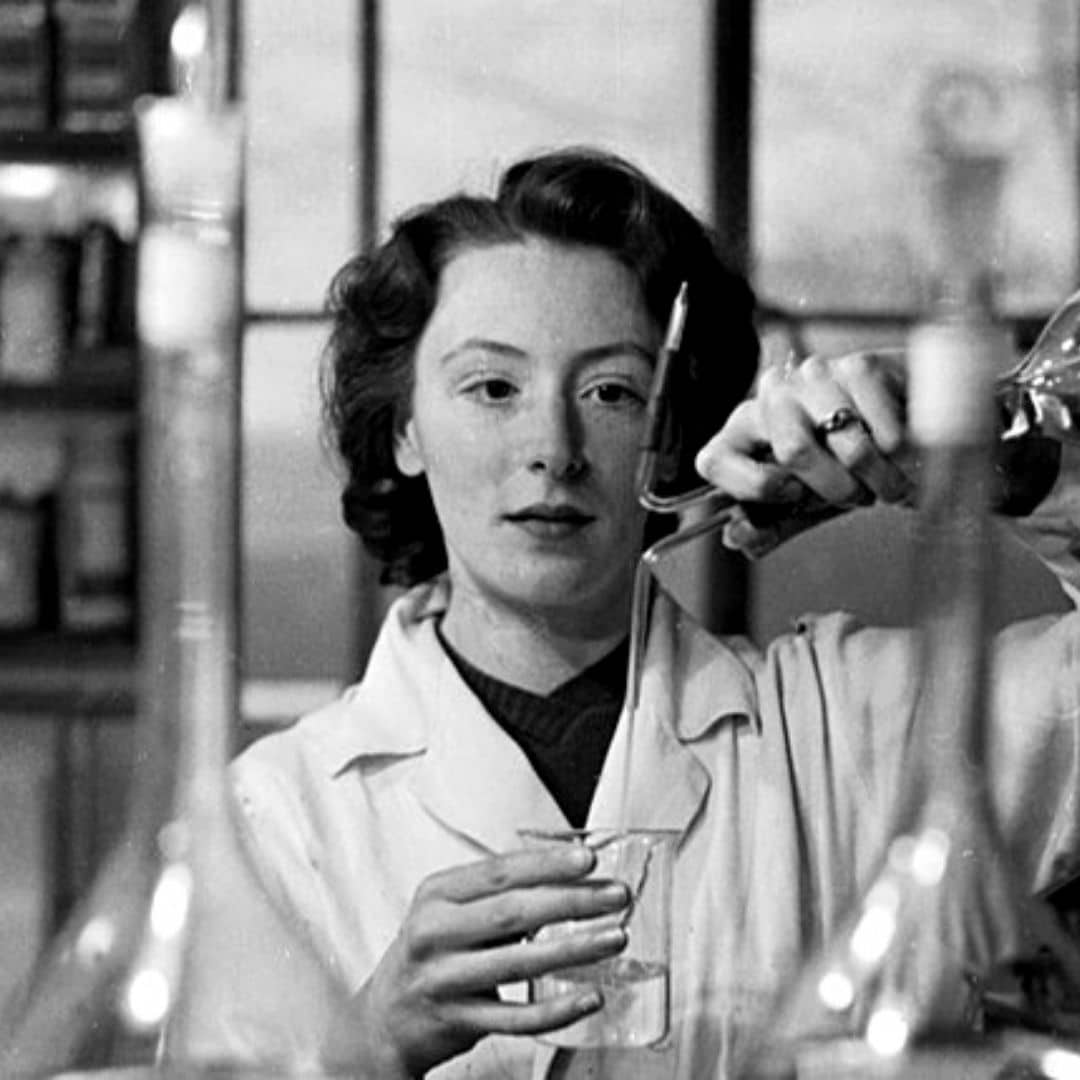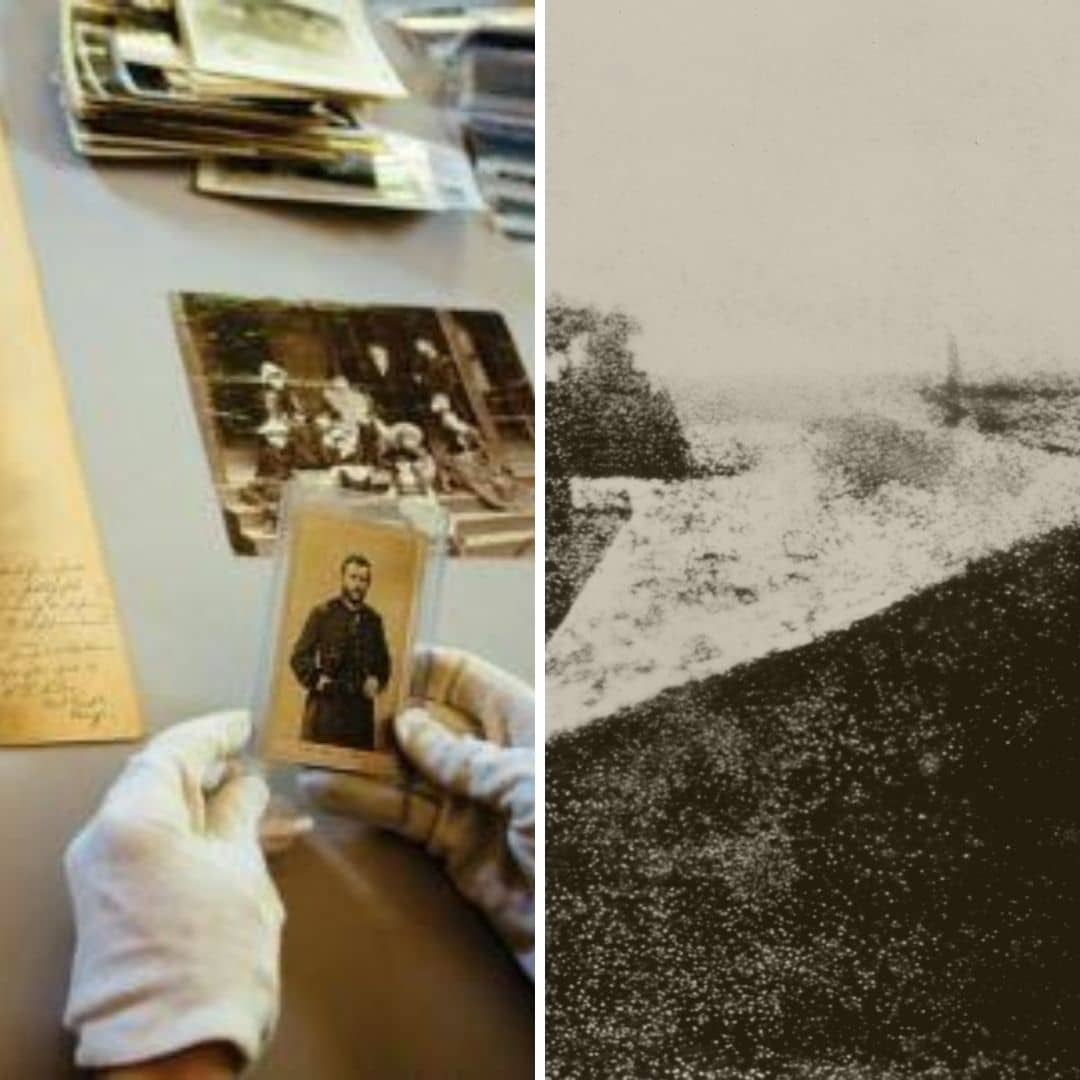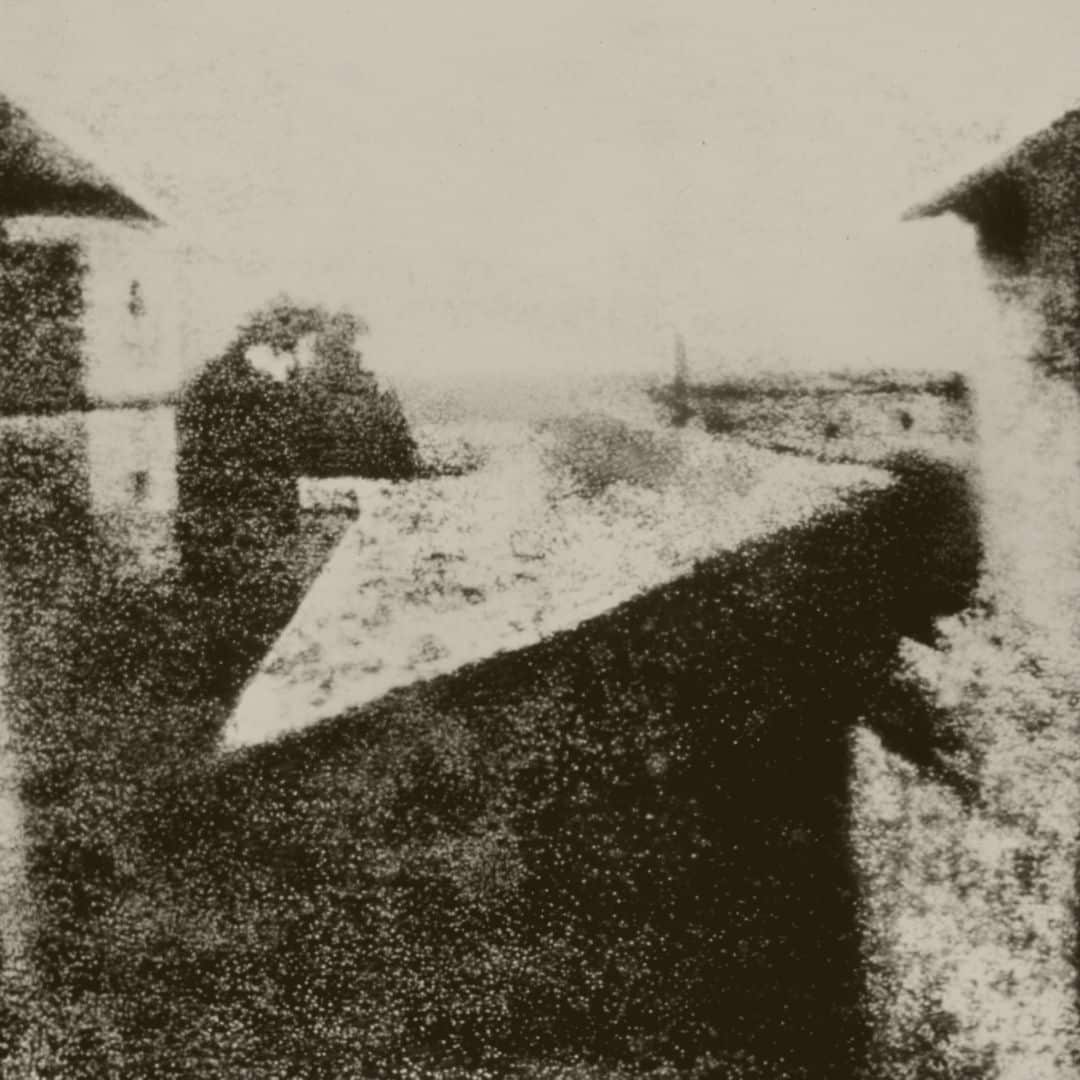An unforgettable journey around the great monuments of antiquity – Masterpieces that Shaped Civilization
Explore the design, symbolism, and legacy of humanity’s most iconic Monuments of Antiquity
Journey through time to uncover the secrets of the world’s most celebrated architectural wonders. This course offers an in-depth analysis of four monumental achievements of ancient architecture:
-
The Pyramids of Giza (Egypt)
-
The Temple of Amun at Karnak
-
The Parthenon (Athens)
-
The Colosseum (Rome)
-
Hagia Sophia (Constantinople/Istanbul)
Language: English
Also available in: Português
The Great Monuments of Antiquity

Objectives
At the end of this certified online course about the great monuments of antiquity participants will be able to recognise architectural styles, as well as the history, culture and art of the best architectural and touristic examples in the world, within each style analysed.
Following a chronological order, the course will begin with the historical, artistic and cultural explanation of the base style of construction, followed by the analysis of the monument, its history and architect.
This way the participant will be provided with the necessary contents to understand the building as well as its architectural surroundings of the great Monuments of Antiquity
Who should take this Online Course?
How it works
Course structure – Monuments of Antiquity
Module 0 – Architectural Panorama
Module 1 -The Great Pyramid of Giza
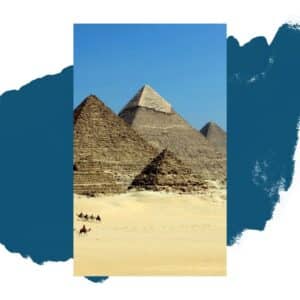
1.1 The architecture of the Pharaohs
1.1.1 The importance of River Nile
1.1.2 Evolution of the funerary construction
1.1.3 The craftsmen
1.2 The Great Pyramid of Giza – Giza
1.2.1 Location
1.2.2 Function
1.2.3 Mysteries
1.2.4 Workforce
1.2.5 Interiors
1.2.6 The Sphinx
Module 2 -The Temple of Amun
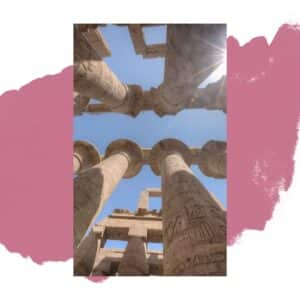
2.1 Egyptian temples
2.1.1 Plan
2.1.2 Decoration
2.2 The Temple of Amon – Karnak
2.1.1 History
2.1.2 Plan
2.1.3 Religious centre of the Empire
Module 3 – The Parthenon
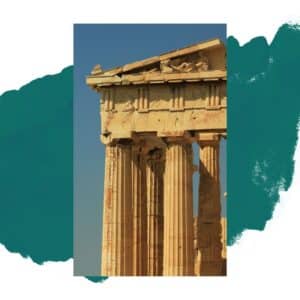
3.1 Greek architecture
3.1.1 The Gods
3.2 The Parthenon – Athens
3.2.1 History
3.2.2 Plan
3.2.3 Entasis
3.2.4 Decoration
3.2.5 Functions
Module 4 – The Colosseum
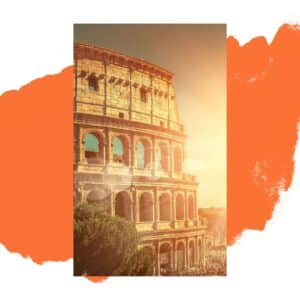
4.1 The architecture of the Great Roman Empire
4.1.1 Influences
4.1.2 Objective
4.2 The Colosseum – Rome
4.2.1 History
4.2.2 Plan
4.2.3 Function
4.2.4 Organization
4.2.5 Cages
Module 5 – Hagia Sophia Basilica
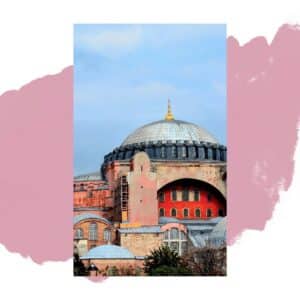
5.1 Byzantine architecture
5.1.1 The division of the Roman Empire
5.1.2 Christianity
5.1.3 Golden mosaics
5.2 The Hagia Sofia – Istanbul
5.2.1 History
5.2.2 Interiors
Author

Diana Ferreira
Graduate in Art History from the Faculdade de Letras of the University of Porto and Master in Museology (Spain: Valladolid).
Worked in the Galleria Nazionale d’Arte Moderna di Roma and was part of the managing staff of the Uffizi Gallery, in Florence.
Studied and worked in Italy and Spain several times on scholarships. Trainer and head teacher for the subject on Art History in Porto, and Introduction to History of Art, Iconography and History of Architecture at the Academy of Art in Florence.
The book Guia dos Tesouros Arquitectónicos (Lisbon: Chiado Editores, 2014) was published in 2014, product of an in-depth investigation on the addressed topics.
What students say about the course


